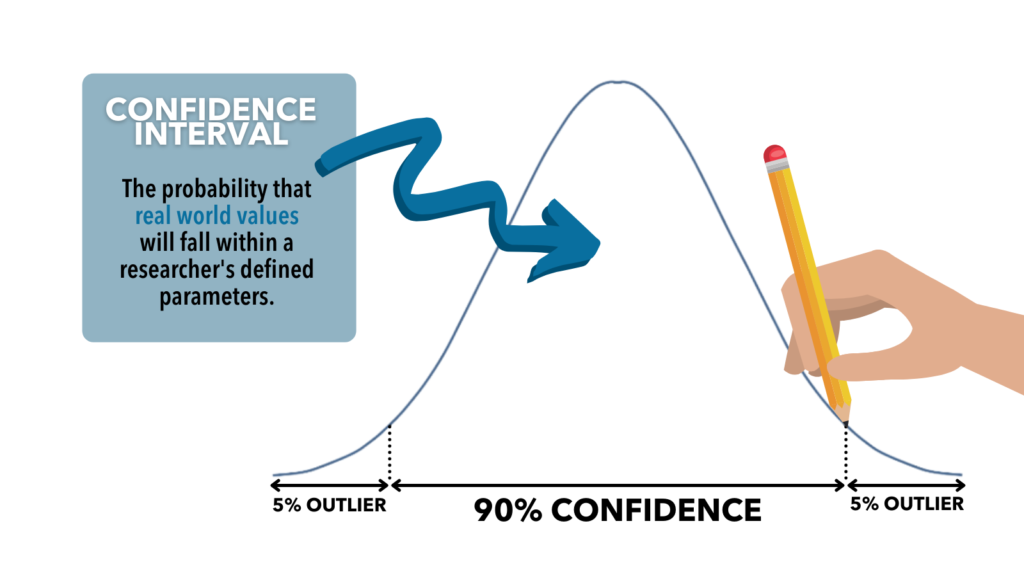You’re an independent thinker. You don’t just accept a shared post as fact, and in fact, you prefer to ‘do your own research’ and read journal articles for yourself, diving into the actual data. Even better, you just found an article from a scientific journal that proves your point! Or did you? Turns out not just anyone can interpret a journal article or research study properly. There are some things you need to know before you can confidently cite your sources.
The beauty of science is that if there is a burning question out there, it has probably been researched and tested. There aren’t a whole lot of questions left in the natural world to which humans have not at least tried to find answers. Any answer worth its salt is arrived at by using the scientific method: ask a question, do background research, construct a hypothesis, test/experiment, analyze data and draw conclusions, communicate results.[1] When a study is backed by funding, follows certain protocol, and attempts to answer an important question, the findings are often published. These journal articles are how scientists relay information to fellow scientists about the findings of their study so that their findings can be studied and potentially expanded upon. It is important to note that researchers don’t typically write scholarly journal articles for the general public. They write for other academics who are formally trained on how to interpret and analyze. [2]
Here is your crash course on how to properly read a journal article and interpret its findings:
ABSTRACT
The abstract is where the layperson generally begins and ends his “research” because it is a summary of the study. While it appears to be the easiest section to interpret, there are some important nuances that must be understood. In almost every journal article that is measuring something, statistical analyses must be completed. These typically reference a “confidence interval,” a “Pearson value,” and/or an “odds ratio” before you can present the findings:
(CI) Confidence Interval – Research is performed on a studied group meant to represent a certain population. The confidence interval is the likelihood that the real-world population will be represented in the research data range. Basically, it’s the probability that the real-world value will fall within the researcher’s defined parameters. An acceptable confidence interval for a study’s findings is usually greater than 90%, though it is important to note that a higher confidence interval doesn’t necessarily mean a reliable number. It just means a greater range has been stated.[3]

(P=) Pearson value – The P value refers to the statistical significance of the results of the research and whether or not they lead to a “null hypothesis” (i.e., that any differences between a control group and the test group are due to error). Traditionally, a P value of less than .05 (a chance that the results are due to error of less than 5%) has been considered the gold standard. A P value of greater than .05 doesn’t necessary mean that the results are not scientifically significant, it could instead point to inappropriate study design, imprecise measurements, small sample size, etc. P values are most often used in medical studies.[4]
(OR) Odds Ratio – An odds ratio is a measure of association between an exposure and an outcome (aka, a cause and an effect), that is, the odds that an outcome will occur given a particular exposure, compared to the odds of the outcome occurring in the absence of that exposure. Exposure is the action being taken on an object of study (i.e., the manipulation that the researchers are applying), The outcome is the observed result of the action on the object. For example, if you press your hand down firmly (exposure) on a fly (object) on the window, it will be squished (outcome).
These are most commonly used in case-control studies, however they can also be used in cross-sectional and cohort studies. [5] Odds ratios are expressed as follows:[6]
- OR=1 Exposure does not affect odds of outcome
- OR>1 Exposure associated with higher odds of outcome
- OR<1 Exposure associated with lower odds of outcome
INTRODUCTION
The introduction of a journal article is actually a very important section not to skip, especially if you are not already knowledgeable in the area the research being provided. It offers the reader background information about the subject and a history or chronology of other relevant studies and findings that may have come before the research being performed. The introduction may also include some of the rationale behind why the research is being performed and might add further context into the hypotheses that are being tested.
METHODS
If you are going to skip a section, this might be the one, although not because it isn’t important. To the contrary, this is actually the most important section in determining the reliability and significance of the findings. But if you’re a layperson you’re not necessarily trained to recognize good or poor design, experimental construct, or the implications surrounding the appropriateness of the method(s) being employed. It could take years of academic training about these scientific processes in order for you to understand this section. Rather, you should be aware that there is a hierarchy of reliability for methods and study types, and if an article is “peer reviewed” this indicates that those with sufficient academic training and scholarly standing have reviewed the methods being used.[7]
RESULTS
The purpose of the results section is to objectively present the key findings of the research without interpretation. It always begins with text to explain the results, but references graphs, tables, and data which comprise the figures section. This is also the section where you should find negative results. If there are any, again, no interpretation is offered as to why.
DISCUSSION
The discussion is where the researcher attempts to interpret the results of the study. This generally leads to a new understanding and an attempt to explain the problem after taking the results of the research into consideration. It always connects with the introduction through the questions raised, hypothesis stated, and previous literature cited. Lastly, a good discussion tells the reader how this study has advanced overall knowledge about the topic and moved forward from the place left off in the introduction.
We know that, just as not all journal articles are created equal, neither are all studies. Now that you know how to effectively and properly read a journal article, there are few important points to consider when you present the findings on your social feed:
- Is the point you are trying to illustrate in your online debate the actual topic of the article, or is it just a side-effect briefly mentioned and not actually the focus of the research? If it isn’t the intention of the study you are referencing, there is likely a study out there that addresses it directly, and it might contradict the findings you came across.
- Authors of journal articles don’t use words like “proves”, “concludes”, etc., because research is mostly non-definitive. Instead, they use words like “suggests” and “indicates”. Take that cue yourself when discussing research findings. The only certainties are death and taxes.
- Peer-review is a vital and growth-based process. Papers that haven’t been peer-reviewed are often valued less in the scientific community. In fact, researchers generally welcome review from peers because it adds esteem to their paper. When you post an article on social, consider other’s comments and critiques of the study to be a compliment and opportunity for growth. Try not to attach your personal value to a stranger’s (even a smart stranger’s) findings.
(Brendan Rolfe – BIG Media Ltd., 2021)


